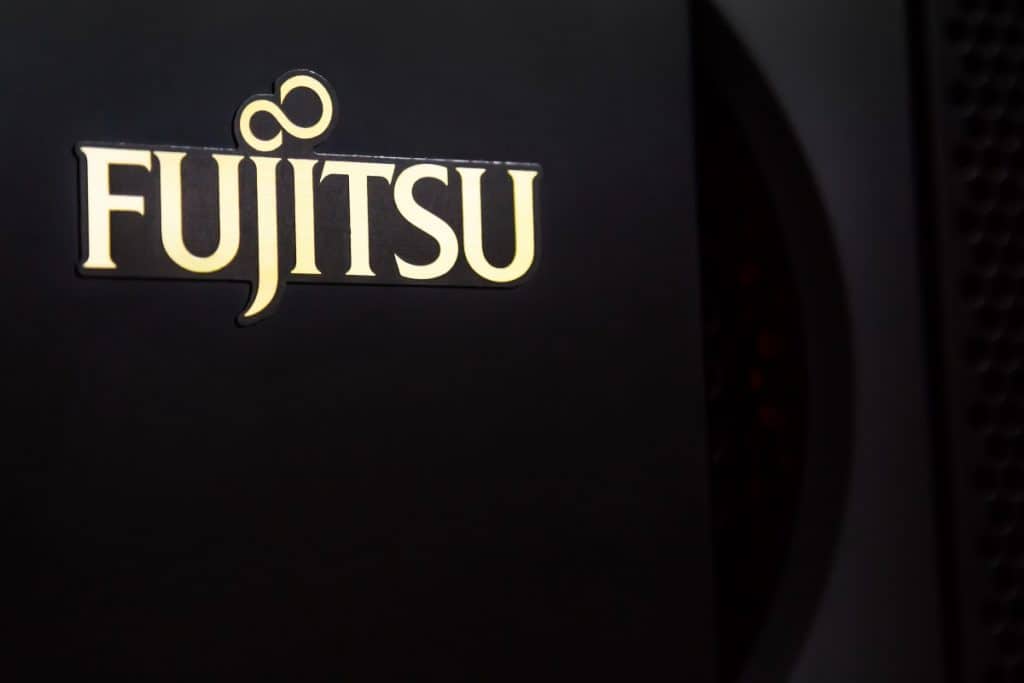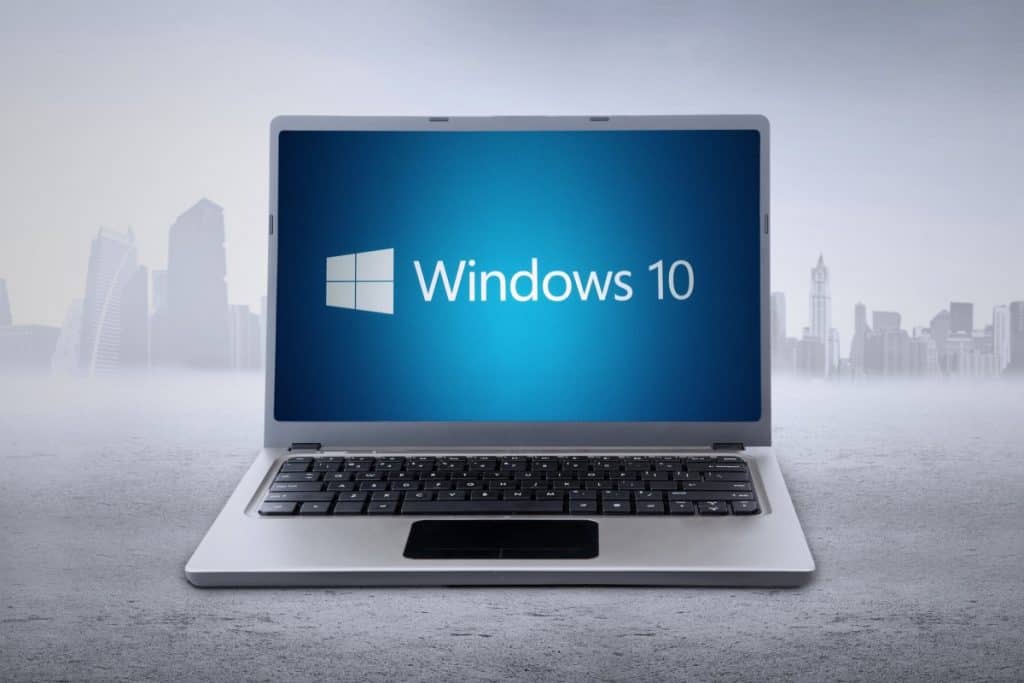FUJITSU is a good laptop brand to support if you are looking for a company that comes with the high-quality Japanese tech that you might want in a laptop. But there will be cases when you might want to restore your FUJITSU laptop to its factory settings or are forced to do so. In such cases, what do you need to do to factory reset your FUJITSU laptop with Windows 10?
You can factory reset your FUJITSU laptop using either the recovery partition or the boot disc. In both the recovery partition and the boot disc, you can use “Recovery and utility” to use recovery tools and restore it to Factory Image so that you can now start with a fresh Windows 10 laptop.
There are plenty of reasons why you might want to factory reset your FUJITSU laptop but not a lot of people actually know how to do it. Factory resets tend to be easier on most electronic devices but you can’t always say the same about FUJITSU laptops. That’s why we have this guide that will make it easier for you to restore your FUJITSU laptop to its factory settings.

Why would you want to factory reset your FUJITSU laptop?
FUJITSU laptops are quite popular especially when you are looking for Japanese electronics that are usually priced right but are still very much competitive in terms of their overall quality and performance. But the problem when it comes to some laptops is that they tend to be quite difficult to reset to factory settings because it isn’t as easy as going to the settings and pressing the restore factor settings options that you usually find in your other gadgets.
However, before we get to that point, you are probably wondering why you might even want to restore your FUJITSU laptop to its factory settings. Well, there are several reasons you might want to do that:
1. Removing bloatware
The truth is that FUJITSU laptops, like most other OEM laptops from other companies, tend to have plenty of bloatware. When we say bloatware, we are talking about software that tend to be quite useless and are bothersome but are already pre-installed. Some people want to get rid of them because they take up storage and memory space but don’t know how to pinpoint bloatware. This is where restoring your FUJITSU laptop to its factory settings can be useful because you are now starting over with a fresh Windows 10 laptop.
2. Virus and malware
If you weren’t too careful with how you were using your FUJITSU laptop, it might have gotten infected with viruses and malware that you don’t know how to remove. They might have even taken over your entire system. So, to make sure that you remove them without any trace, it is best to restore your entire FUJITSU laptop to its factory settings. This ensures that only the operating system will be left on your laptop.
3. You are selling it
As useful as your FUJITSU laptop might have been to you during the time that you were using it, you might want to make an upgrade to an even better FUJITSU laptop. As such, you have to make sure that you restore your FUJITSU laptop to its factory settings so that you will be able to sell it without a trace of any of the files you may have stored in it. This allows the new owner to start fresh with a new laptop with none of your files and settings saved.

How to factory reset a FUJITSU laptop
Now that you know why you may want to restore your FUJITSU laptop to its factory settings, let’s look at how you can actually do that. Restoring your FUJITSU laptop to its factory settings can be done in two ways, which we will be talking about here.
Recovery partition
The recovery partition is the more convenient mode of factory resetting your FUJITSU laptop because don’t need a disc to do so. This should be great for laptops that don’t come with optical drives, as is the case with most of the laptops we have in today’s market. Here is how you use this method:
- Turn your laptop off it is turned on. After that, turn it on and wait for the FUJITSU logo to come out. You can also restart your computer if it was turned on. As soon as the logo appears, press F12 as many times as possible so that you will enter it into the boot menu.
- Go to “Recovery and utility” as soon as you enter the boot menu. Since you won’t be able to use your mouse here, use the arrow keys to go to that option and hit the entire key. You would have to wait for the recovery files to load so that your computer will boot into recovery mode.
- Hit next in recovery mode as soon as you have selected the keyboard layout.
- After that, you should be able to see a new dialogue box. In that box, choose “use recovery tools” and then select next. You may be asked for your administrator password if your laptop is password-protected. Simply enter your password and hit next.
- In the new tab that opened up, you will see the system recovery options. Go to the recovery tab and then select Restoring Factory Image. Doing so will restore your FUJITSU laptop to its factory settings and will allow you to start with a fresh Windows 10 OS.
Boot disc
Using the boot disc option is similar to that of the recovery partition method but you are now booting the recovery tools from a disc, which your FUJITSU laptop should come with. However, this option is available only to laptops with disc or optical drives, which a lot of the newer FUJITSU laptops don’t have. Here is how you use this method:
- Turn your laptop off it is turned on. After that, turn it on and wait for the FUJITSU logo to come out. You can also restart your computer if it was turned on. As soon as the logo appears, press F12 as many times as possible so that you will enter it into the boot menu.
- After that, go to “CD/DVD” using the arrow keys because you won’t be able to use your mouse or touchpad. Insert the boot disc into your laptop’s disc drive. Hit enter and wait for the recovery files to load from the disc.
- Hit next after selecting the keyboard layout.
- Hit next in recovery mode as soon as you have selected the keyboard layout.
- After that, you should be able to see a new dialogue box. In that box, choose “use recovery tools” and then select next. You may be asked for your administrator password if your laptop is password-protected. Simply enter your password and hit next.
- In the tab that opened, go to the recovery tab and then choose Restoring the Factory Image. This will restore your FUJITSU laptop to its factory settings and allow you to start with a fresh Windows 10.
